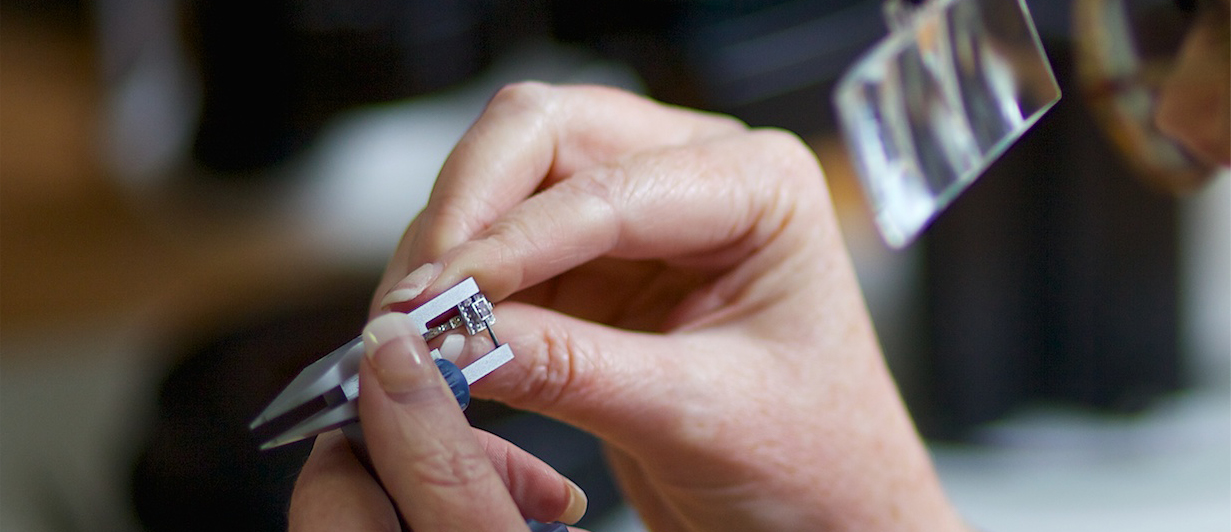Here are some key points to keep in mind when having jewellery valued.

Use Only an NCJV Registered Valuer
In Australia you do not need a tertiary qualification to set up as a jewellery valuer.
As with all industries there are many participants and they each have varying degrees of knowledge and experience. In fact most jewellery retailers are not qualified in valuation – their business is buying and selling and receiving the best price.
For a professional valuation visit a registered valuer who is a member of the National Council of Jewellery Valuers. All members must have qualifications in gemmology and diamond grading.
Visit ncjv.com.au for more information
Overstated Valuations
Do not fall into the trap of thinking that an insurance company will pay out on a claim based on an inflated valuation.
Most insurance companies obtain a quote from a jeweller for the cost of a replacement and compensation is based on this amount. You pay higher insurance premiums for no gain by having an overstated valuation certificate. If you multiply this extra expense over many years you will be considerably out of pocket.

Treated Gemstones
If you are planning to buy a piece of jewellery or have it valued, it is worth taking time to understand some of the terminology.
The term ‘treated gemstone’ is frequently used and applies to any piece which has undergone treatment to improve its appearance.
This is a common process and quite acceptable, but you need to be aware of the treatment, its limitation and how it may impact on the value of the natural gemstone.
Also beware that some terms can have different meanings and the same treatment can have multiple names. These are marketing terms and understanding their meaning can avoid confusion when reading a valuation or purchasing a new item.
Created Gemstone
Otherwise known as synthetic, artificial, man-made and laboratory grown. This is a gemstone which has been created in a laboratory using the same chemical composition, and physical and optical properties as its natural counterpart.
Clarity Enhanced
Which is also referred to as fracture filled and glass filled. These gemstones have undergone glass treatment to fill in surface fractures or cracks. The treatment can make the stone more stable but, on the downside, it can be affected by heat, pressure and acidic solutions.
Colour Enhanced
These stones are subjected to one of several methods to enhance the colour of the stone. In some instances this treatment is not permanent and the stones can lose their colour over a period of time.
Coated Gemstone
This treatment is usually applied to the back of the gemstone to improve the colour. For example, a colourless topaz can have a very thin layer of titanium applied to the pavilion or back facets to give the stone a rainbow multi-coloured effect. This is often sold as ‘mystic topaz’.
